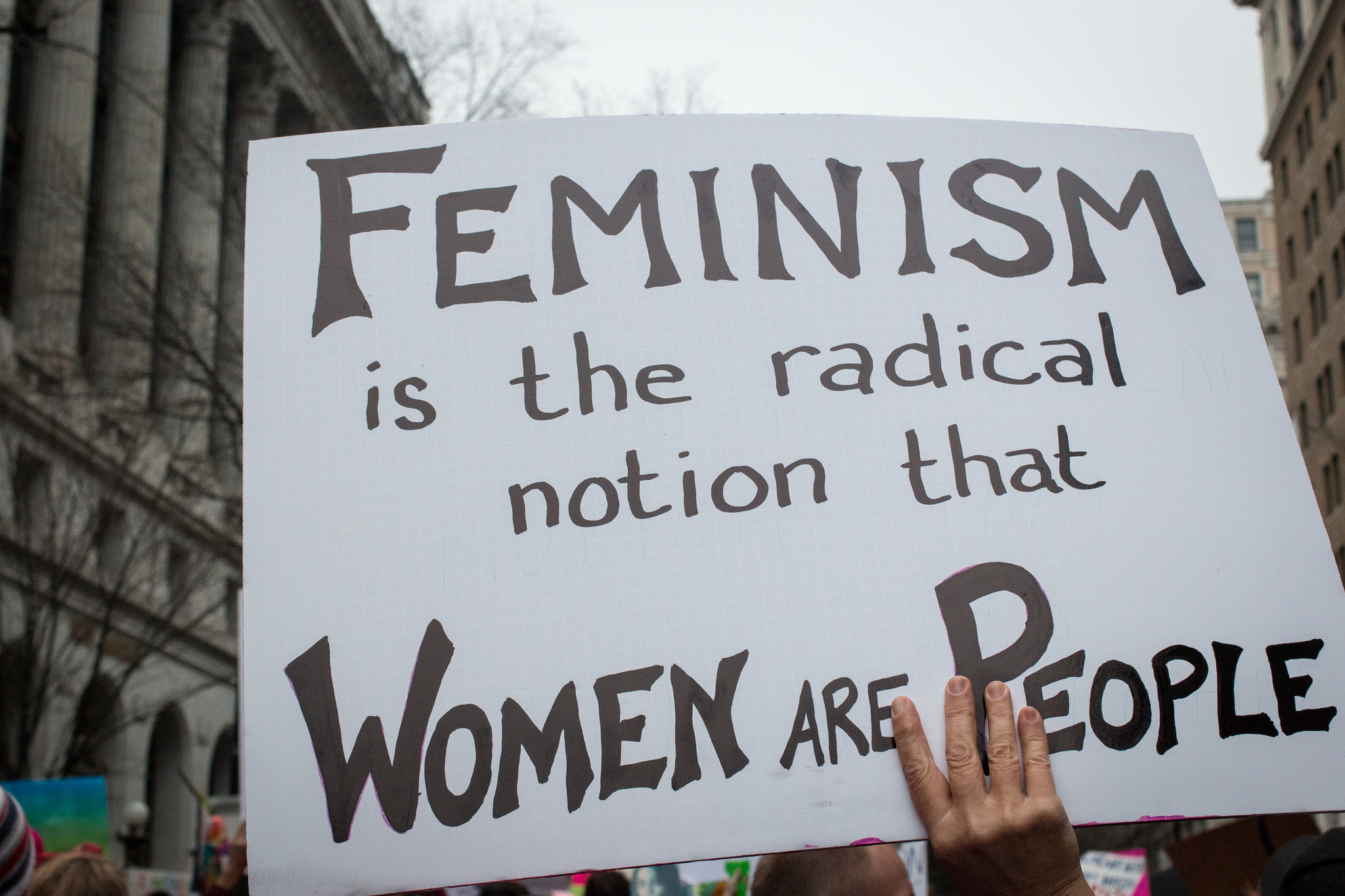In 2010, Sally Challen, after suffering decades of emotional abuse at the hands of her husband, killed him (with a hammer, the tabloids love to describe). She was convicted of murder and many campaigners, along with her children – also the children of her deceased husband – have been petitioning for her release.
Since her conviction in 2011, a law has been introduced against coercive control. Women’s Aid describes this as follows:
“Domestic abuse isn’t always physical. Coercive control is an act or a pattern of acts of assault, threats, humiliation and intimidation or other abuse that is used to harm, punish, or frighten their victim.
“This controlling behaviour is designed to make a person dependent by isolating them from support, exploiting them, depriving them of independence and regulating their everyday behaviour.”
They go on:
Some common examples of coercive behaviour are:
- Isolating you from friends and family
- Depriving you of basic needs, such as food
- Monitoring your time
- Monitoring you via online communication tools or spyware
- Taking control over aspects of your everyday life, such as where you can go, who you can see, what you can wear and when you can sleep
- Depriving you access to support services, such as medical services
- Repeatedly putting you down, such as saying you’re worthless
- Humiliating, degrading or dehumanising you
- Controlling your finances
- Making threats or intimidating you.
Sally had been raped by her husband, she had been gaslighted and emotionally abused. His continued abuse led her to develop mental health problems, which are now being looked at as a possible cause of her attack. Of course, the other way to look at it is that she took drastic action after years of drastic action being taken against her.
But, in court yesterday, her conviction was quashed, partly in relation to the coercive control law, and partly related to her mental health issues. Coercive control is not a defence against murder like self-defence, provocation or diminished responsibility are, but now it is recognised as a crime (against predominantly women), it could feasibly contribute to a defence of something like provocation.
If we recognise coercive control as criminal activity, then we can no longer underplay its impact on its victims. And if we understand its impact on its victims, we can make a connection between Sally Challen’s mental health response to continued abuse, and her final moment of ‘snapping’. Her diminished responsibility in the moment of the attack, if you will.
The appeal judges ruled that Challen must be subject to a retrial, so she was sadly not released as a free woman following the quashing of her conviction. But this is an important step in an important case that recognises that abuse in the home is not limited to being punched and kicked. If you are being threatened, prevented from going to the doctor, isolated from your friends and family, and controlled in ways like being told what to wear or who to talk to, then the judicial system has to look at this as a crime. Sally Challen was a victim, not a perpetrator.
Her murder conviction was ruled to be unsafe, and the new evidence presented to the judges will now be seen by a new jury. The hope was that her verdict would be reduced to manslaughter on this appeal and that she would be released, but there is still hope in the decision the judges made.
Her son is appealing for the Crown Prosecution Service (CPS) to drop the case, releasing his mother. He told the Evening Standard, “I hope there won’t be a retrial and the CPS will not pursue this, because really if they have a heart they will recognise this is a 65-year-old woman and a family that’s been through enough.
“It wouldn’t be in the public interest to prosecute a woman who has been the victim of domestic violence, which my mother is and had been since the age of 15.”
They are applying for bail.
On top of the news about Challen herself, the publicity the trial and subsequent appeal have attracted could give hope to other victims, other women who recognise themselves and their relationships in the descriptions of coercive control that they may be seeing for the first time as a result of Challen’s case. They may start to develop a kernel of hope that their suffering will be recognised and there could be a way out.
Sally Challen is not a woman who needs a 22-year prison sentence, as was originally handed down in 2011 and then reduced to 18 years on appeal. She was a desperate woman in unspeakable pain after 40 years of abuse, and if her sons can support her in these awful circumstances, then any skeptics who believed the original prosecution that she killed because she was dreadfully jealous and thought Richard Challon had been having an affair should be able to look beyond the hype and see that this was a momentary act that Sally Challen should no longer be punished for.
Photo: Liz Lemon

